Superhero Spacesuits, A Robot Surgeon, And Other Amazing Images Of The Week
Claire Maldarelli
at 09:57 AM May 9 2016

0 Comments

Flexi-Phone Of The Future
Ironhead
Science //
The Martian surface is covered in these weird dark streaks, and scientists couldn't figure out what was causing them. But a study published this week in the journal Nature Geoscience might have a possible answer. They could be from boiling water; it boils fairly quickly on Mars due to low atmospheric pressure. h/t The Verge

Mars Streaks
NASA/JPL/University of Arizona
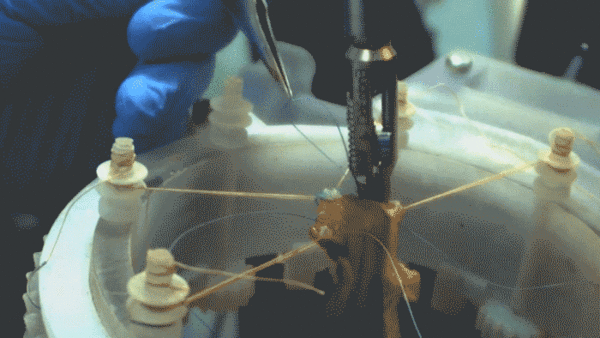
STAR Surgeon
Sheikh Zayed Institute for Pediatric Surgical Innovation
Robots could be performing surgeries on humans in the not so distant future. Researchers at The Children's National Medical Center created a machine called the Smart Tissue Autonomous Robot, or STAR, a lightweight robotic surgical tool. They tested it out by having it suture together a live pig's intestines. Interestingly, the robot actually did better than its human counterparts. Not to worry, surgeons. Your jobs are still safe. As the researchers note, STAR isn't meant to replace surgeons, but rather to be used under their supervision to reduce complications and save lives.
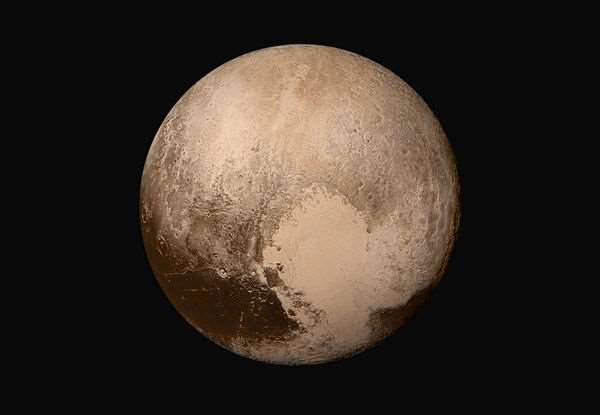
Pluto Acting Like A Plane
NASA/JHUAPL/SwRI
Solar wind--that plasma that leaves the sun at a speedy supersonic 100 million miles per hour--has different effects depending on whether it hits a comet or a planet. It turns out that when solar wind hits Pluto, the planet that once was actually acts more like a planet. This is all based on data collected from the Pluto flyby in July, which scientists have been analyzing since they've received it.
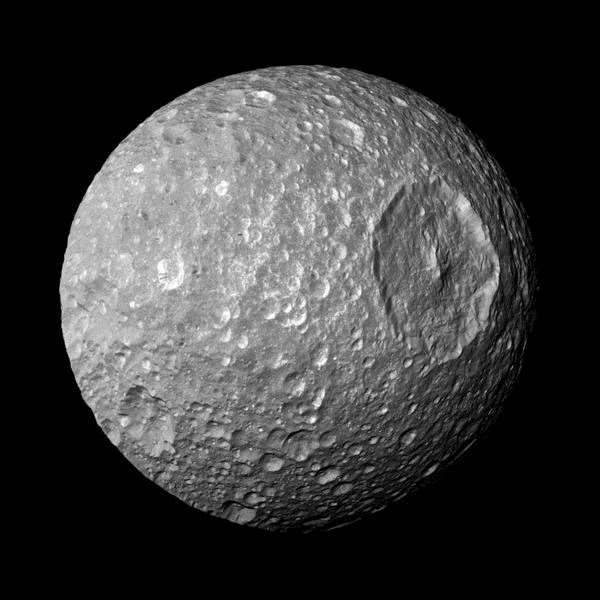
May The Fourth Be With You
NASA
Endor and Tatooine may not be real--at least as far as we know. But in honor of May 4th, NASA put together a collection of worlds that look like the ones depicted in the series. The one above, of Saturn's moon Mimas, could definitely be a Death Star. Check the rest out here.
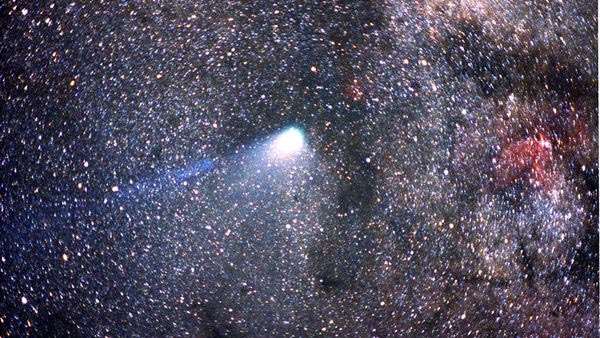
Eyes On the Skies
NASA
The Eta Aquarids is a biannual meteor shower display that happens when Earth collides with debris from Halley's Comet. The first one of this year started on April 19, peaked yesterday, and will end around May 28. But if you want to see it, make sure you keep your eyes on the skies. The Eta Aquarids move fast, at about 148,000 miles per hour. h/t The New York Times
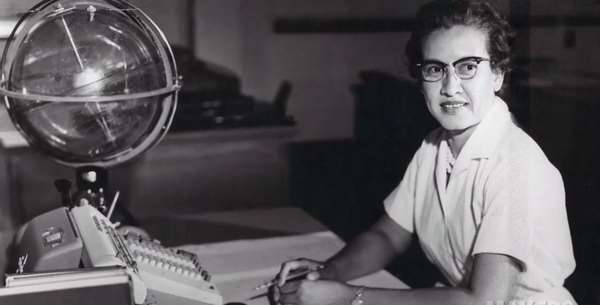
Honoring NASA's 'Human Computer'
NASA
In honor of the 55th anniversary of Alan Shephard's trip into space, NASA named a building after one of that mission's unsung heroes: Katherine Johnson. The African-American woman was responsible for calculating the trajectory of that journey, and many others that followed.
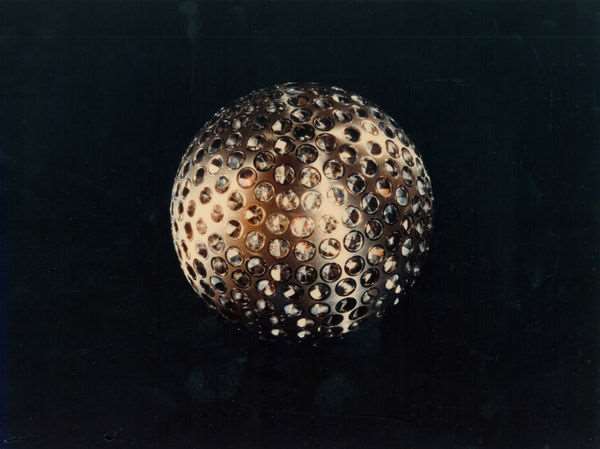
Disco Ball Satellite
NASA's Goddard Space Flight Center
It may look like a disco ball, but it's actually LAGEOS--a satellite that went up into space 40 years ago this week on May 4, 2020. LAGEOS was the first satellite to use laser ranging, which helped scientists measure the movement of Earth's tectonic plates, and the rotation and weight of our planet.

On A Scale Of One To Ten, A.I. Knows How Bad It Is
UNBC-McMaster
When a doctor asks you to rate your pain, it can be hard to give it a number. Maybe in the future, we'll have pain-reading machines to help us with that. Researchers in Finland published a report this week demonstrating an A.I algorithm that can detect when you are in pain. Using videos of more than 120 people in pain, they created an algorithm that can detect pain on a 16-level scale.
Flexi-Phone Of The Future
Human Media Lab, Queens University
This prototype very well might be the phone of the future. Researchers at Queens University in Australia showed off their latest design: a holographic, flexible phone with an OLED display that they are calling the Holoflex. The holograms can be viewed from any angle without the need for special equipment or 3D glasses. It will be presented at ACM CHI 2016 on May 9.
Filed under:


By Marissa Shieh Posted 24.07.2020
| 0 Comments
By Sara Chodosh Posted 24.07.2020
| 0 Comments
By Stan Horaczek Posted 24.07.2020
| 0 Comments
By Sara Chodosh Posted 24.07.2020
| 0 Comments
By Kendra Pierre-Louis Posted 24.07.2020
| 0 Comments








